The Witchy History of Some of Your Favorite X-mas Symbols
And ... Happy Holidays!
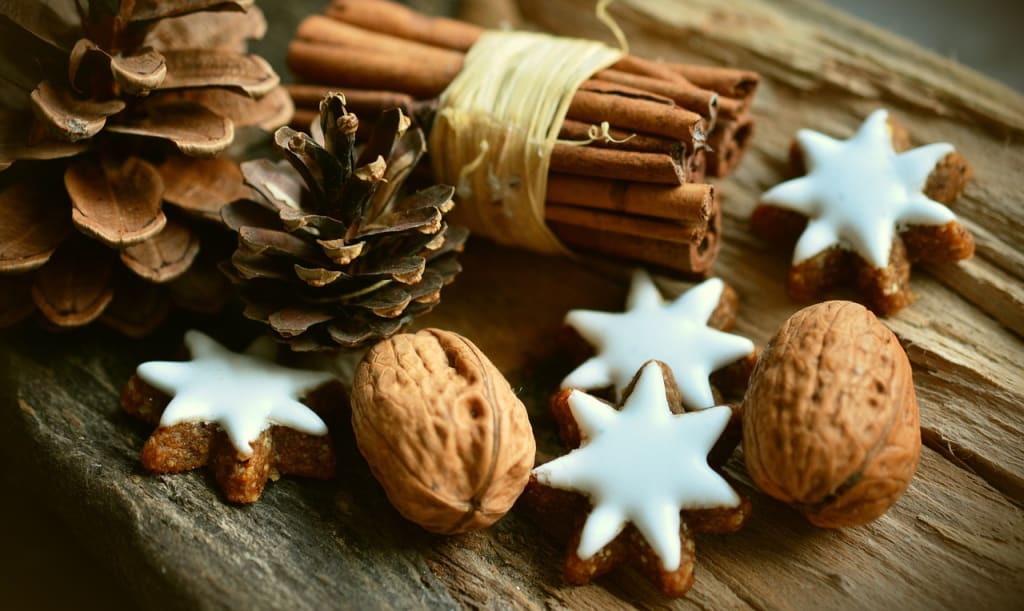
As it will always be, many holidays and the symbols that make us think of them have origins that people will debate over and over again. Maybe the Pagans started it, and perhaps the Christians stole it ... We're just here to celebrate it! Christmas, which coincides with Yule, the winter solstice, has a plethora of pre-Christian European traditions that Christians celebrate and call their own. We're here to take a look at some of them!
Oh, Christmas Tree

Evergreen trees are the one species of trees that stay green throughout the cold months. No matter how cold it gets, they stay bright and cheerful. It is for this reason they originally became a symbol of the winter holiday season. Before Christianity took the tree over, Egyptians, Romans, and even Germans were busy decorating these trees at Yule time. They did it to help keep evil spirits and illness out of their homes.
It was German settlers coming to the U.S. in the 1800s who brought this tradition with them. Instead of glass balls and angels, they decorated the trees with things from nature, such as flowers and fruit. Of course, they did this because the trees weren't cut down and brought inside. Once they started doing that, they began making ornaments from paper.
Santa Claus is not alone
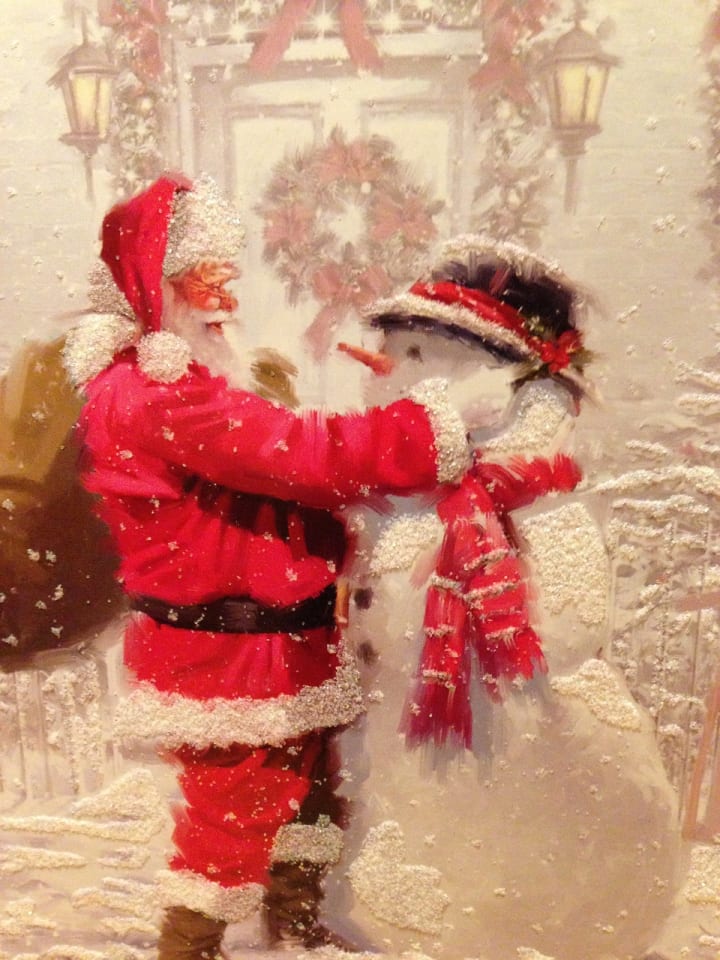
Santa Claus is one of the most recognized symbols of Christmas. However, he's not alone in the world when looking at people and animals who visit during the winter holiday season. Before him, or possibly with him, depending on what you read, is Krampus. Krampusnacht is December 5, and that is the day this horned frightening character snatches up naughty children -- leaving the nice kids for Santa to give gifts to on Christmas Eve. But wait? Why is there such a big gap in the calendar between Krampus and Saint Nick? That is because most Europeans celebrate St Nicholas Day on December 6!
There's also the Icelandic Yule Cat who may devour you if you don't get new clothes to wear for your Yuletide festivities.
As far as where Santa comes from, some people think he was a monk from around 280 A.D. who gifted people with his wealth as he was giving it up for his monkhood, while others see him as the Dutch Sinter Klaas.
Let's kiss under the Mistletoe
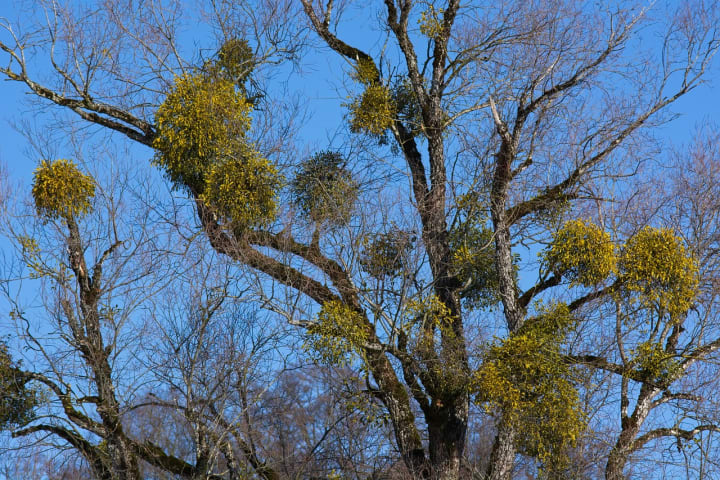
Mistletoe is found all over the world, and it is a parasitic plant, and it exists all over the world. How it became a piece of decor to kiss under comes from folklore beliefs in European and Celtic folklore. It is considered an aphrodisiac in these traditions, so it is used in fertility ceremonies. This could be partly because it thrives in the winter -- putting it right in line with the Christmas Tree!
Before Christianity came about and invented Christmas, ancient Greeks were already kissing under this peace symbol during the Saturnalia festival. Romans used it to quell hostile feelings. In England, if you chose not to kiss a guy under the mistletoe, you wouldn't get a proposal the following year.
Holly berry decor
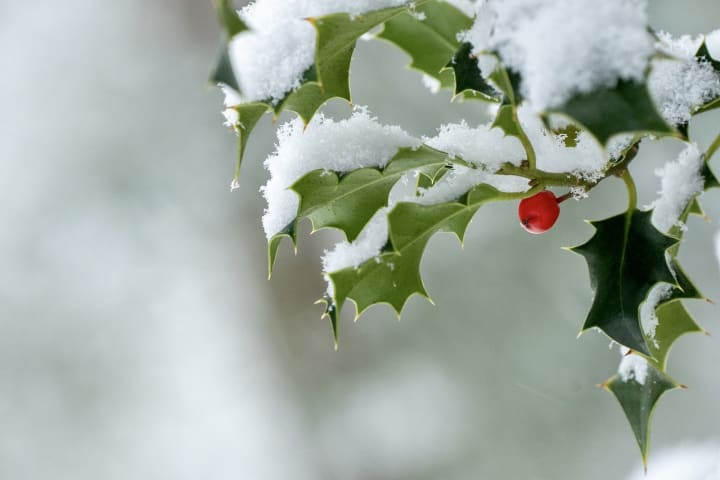
Along the lines of the Christmas Tree and Mistletoe, Holly is another plant that thrives in the winter -- but its berries are poisonous to people and pets. It is another plant that is connected to Saturnalia.
It was likely kept as a decor piece by Christians because of its thorny leaves and blood-red berries. This pretty plant is sometimes called the crown of thorns, connecting it to the crucifixion of Christ.
Pretty Poinsettias
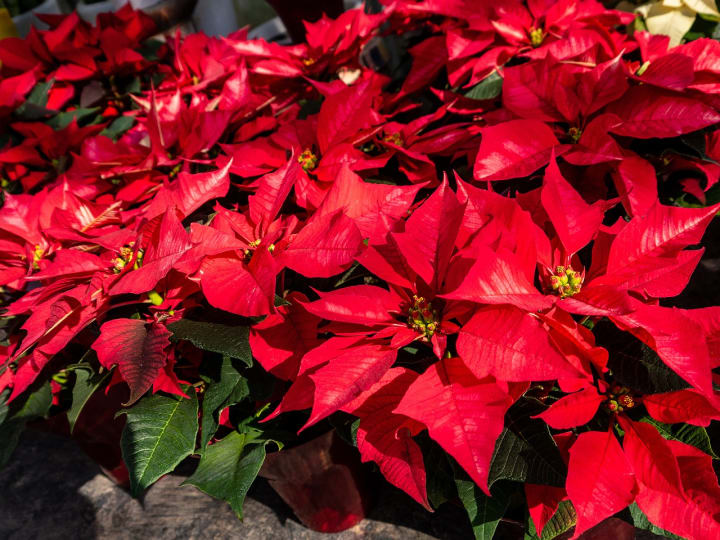
Poinsettias are another winter-thriving plant, popular because they bloom between October and December. These plants originally came from Mexico and other South American areas. It was a sacred plant to the Aztecs because it has medicinal uses.
Christians adopted it as Christmas decor because of the shape of the plant's red leaves, which made them think of the Star of Bethlehem. (I want to point out that my chosen wording throughout, always combining Christians with Christmas, is because Christmas wouldn't exist if not for Christianity -- we would all still be celebrating other winter holidays like Yule and Saturnalia if not for Christianity).
The Yule Log

While you may see Christmas cards that say "Yuletide Greetings!" on them, Yule is not Christmas. Yule, again, is the winter solstice and is a holiday celebrated by Pagans and Wiccans (it has Norse beginnings). And, it is on Yule that we burn a Yule log in celebration of the days beginning to grow longer and warmer once again.
People burn fires during the winter for warmth ... all over the place. For Christmas parties, the "Yule log" is usually some sort of log-shaped cake (which seems like a bit of a mockery of the actual Yule log, if I'm being honest).
About the Creator
Enjoyed the story? Support the Creator.
Subscribe for free to receive all their stories in your feed. You could also pledge your support or give them a one-off tip, letting them know you appreciate their work.





Comments (1)
Test is not accepting comments at the moment
Want to show your support? Send them a one-off tip.